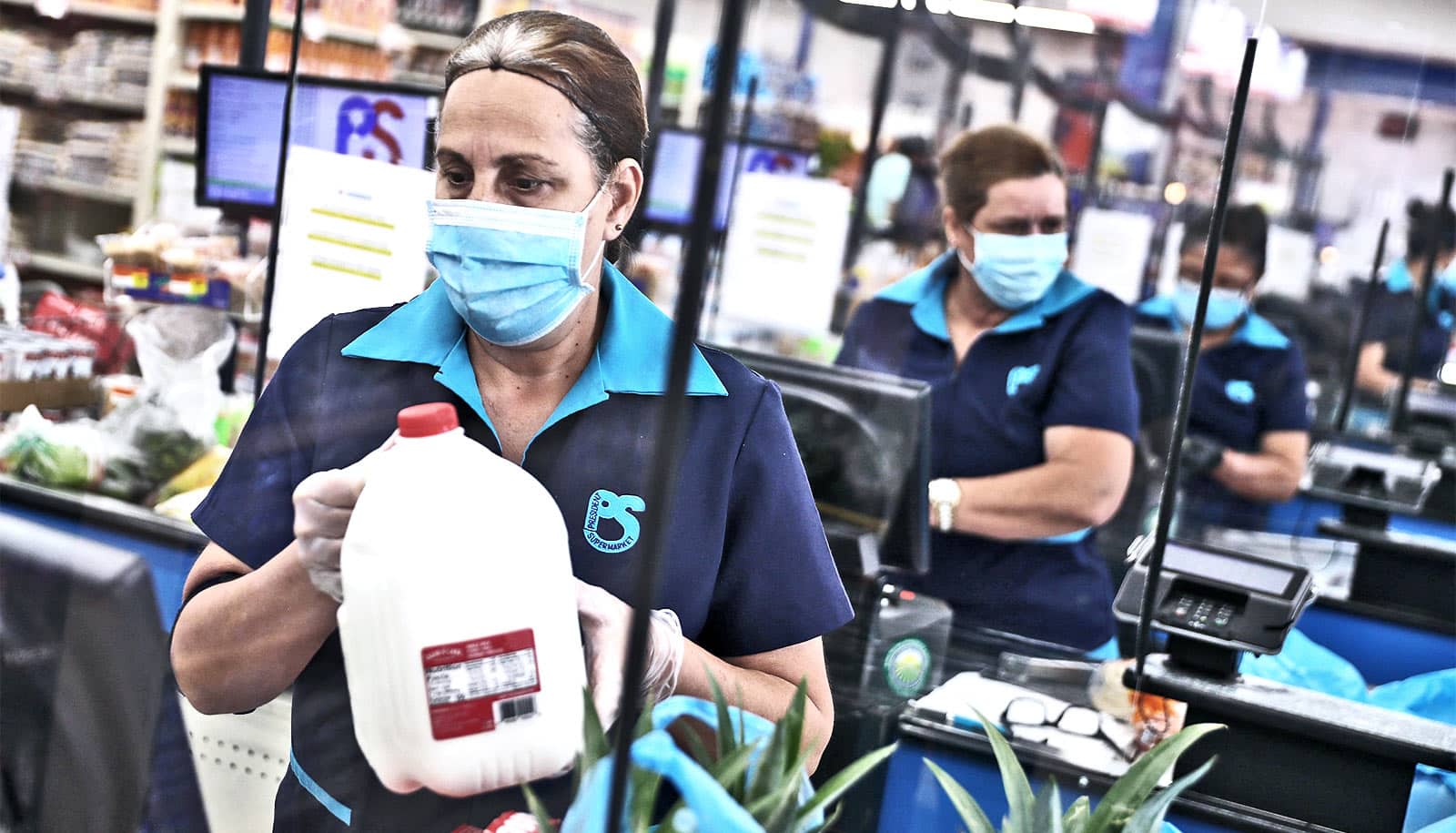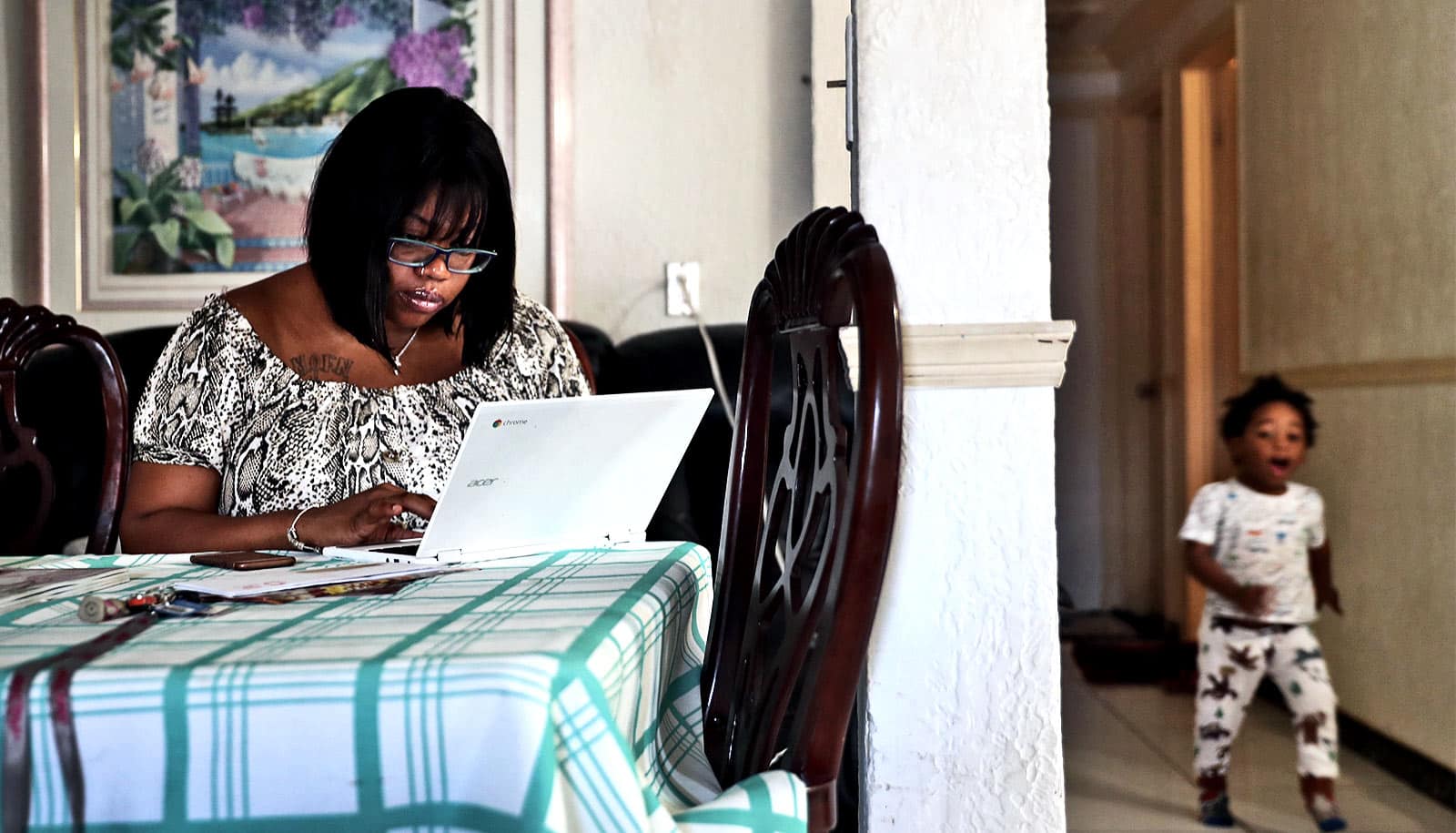Hourly workers have lost anywhere from 50% to 90% of their hours, with leisure and entertainment industries among those suffering the greatest losses, early results from a new study indicate.
The new research project aims to quantify the effects on hourly workers, using data from nearly 40,000 small- and medium-sized businesses.
By partnering with Homebase, a scheduling and time clock software company that updates its information daily, the researchers can create timely snapshots for policymakers—helping them respond more quickly than they would using most labor data sources.
“What is distinctive about the research is that we will have access to real-time data by industry and state that will help inform policymakers at every level about the key steps that must be taken to ensure the future viability of small businesses and their employees,” says Marianne Bertrand, a professor of economics at the University of Chicago Booth School of Business and the faculty director at the Rustandy Center for Social Sector Innovation and at the university’s Poverty Lab.

Researchers are analyzing daily timecard data for Homebase clients in the United States, tracking changes in hours worked before and after the COVID-19 crisis began. They will post frequent updates to measure how the impact is spreading across the country—geographically and by industry—and how those effects change in response to state and local social distancing guidelines and orders.
Based on data from Jan. 1 through April 8, their key findings include:
- By March 22, 40% of Homebase’s clients, predominantly small and medium-sized firms, had shut down, at least temporarily. By the week of March 22, 91% of firms had fewer hours as compared to late January.
- Hourly reductions vary by industry and essential vs. nonessential workers. The largest reductions in hours were in beauty and personal care and in leisure and entertainment, where hours declined over 90%. The smallest hour reductions occurred in industries like home and repair and transportation, but even those industries saw reductions of about 50%.
- Reductions started earlier in stay-at-home states, but happened everywhere by March 16.
- Firm shutdowns and reductions, not layoffs, primarily caused the hour reductions.
“Hourly workers tend to be the most vulnerable during an economic downturn like this. Understanding how they’re being affected is critical for policymakers who are considering how to better support this workforce,” says Jesse Rothstein, an economist at the University of California, Berkeley and director of the Institute for Research on Labor and Employment and the California Policy Lab.
Researchers from the Institute for Research on Labor and Employment and the California Policy Lab at the University of California, Berkeley, contributed to the results.
Source: University of Chicago



